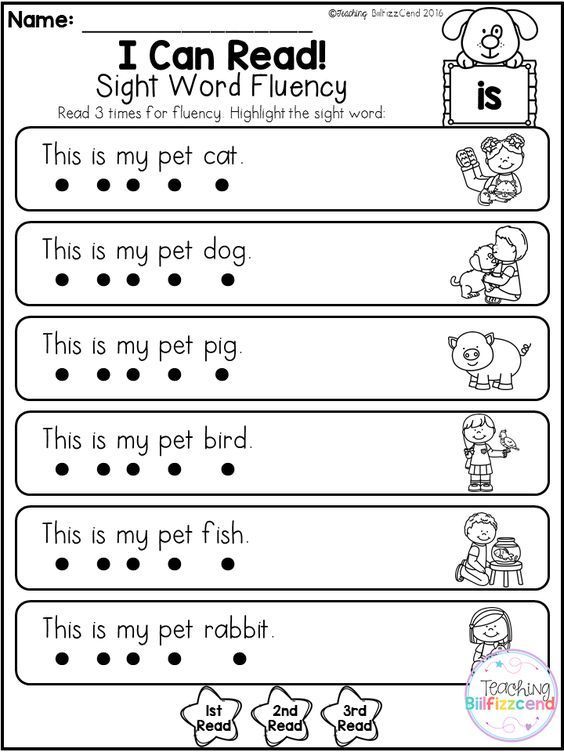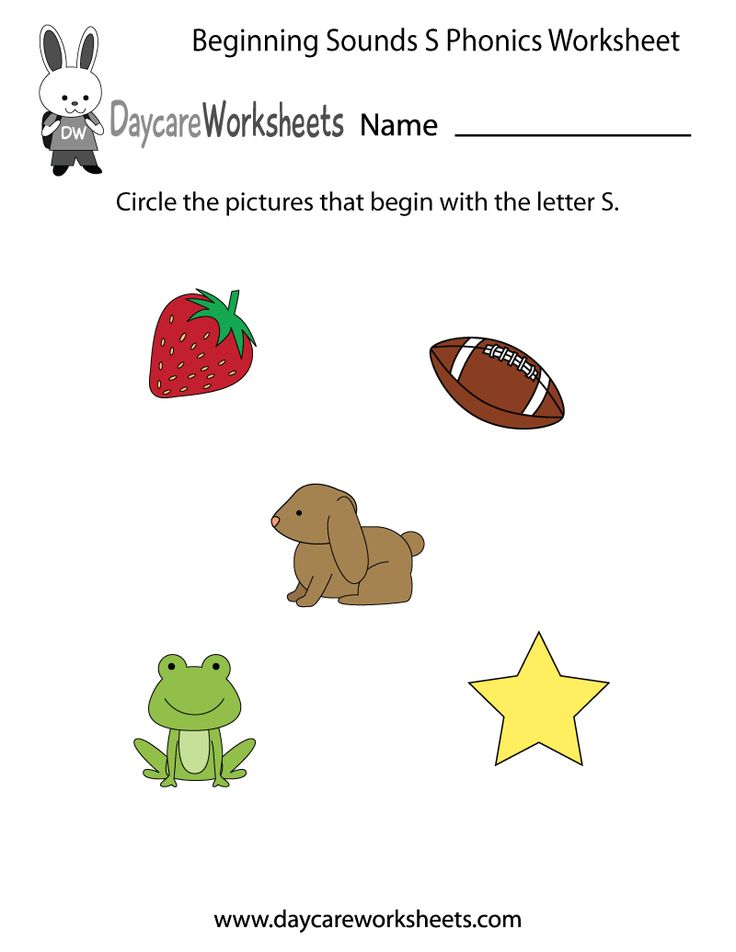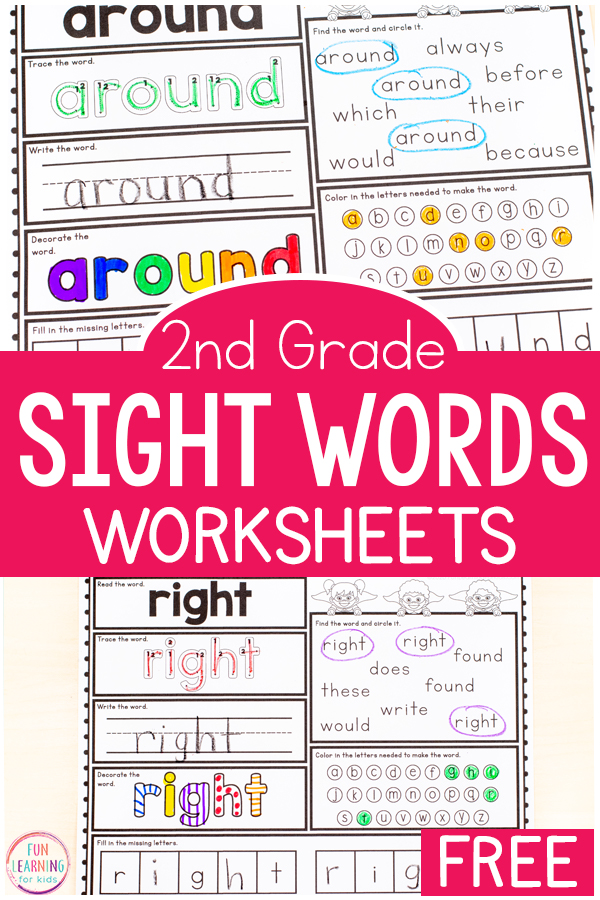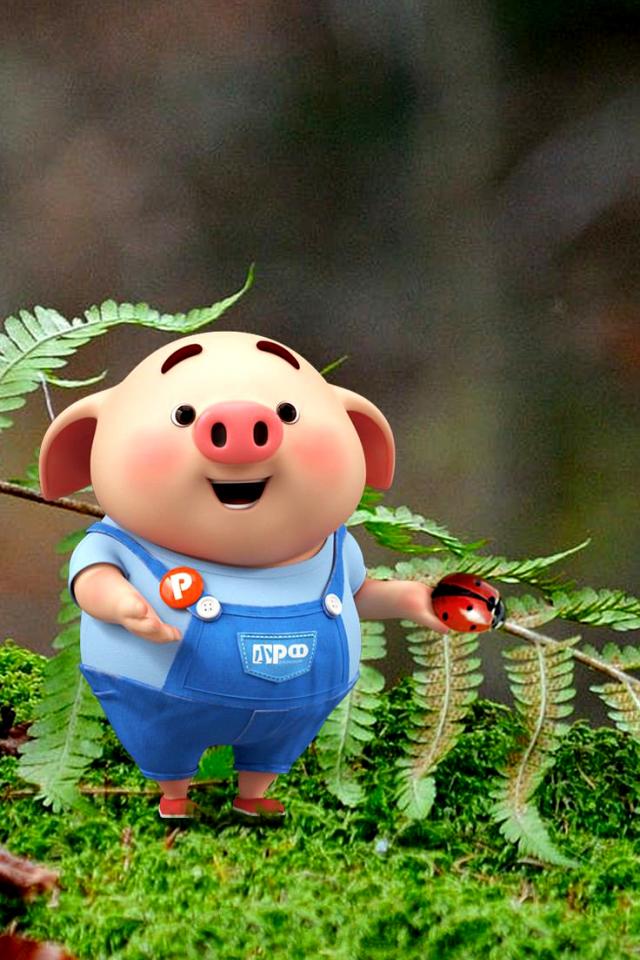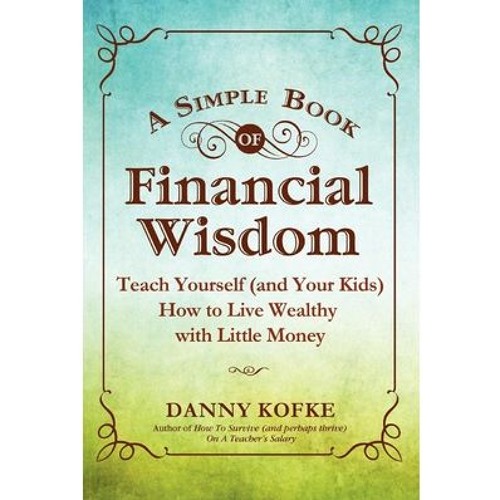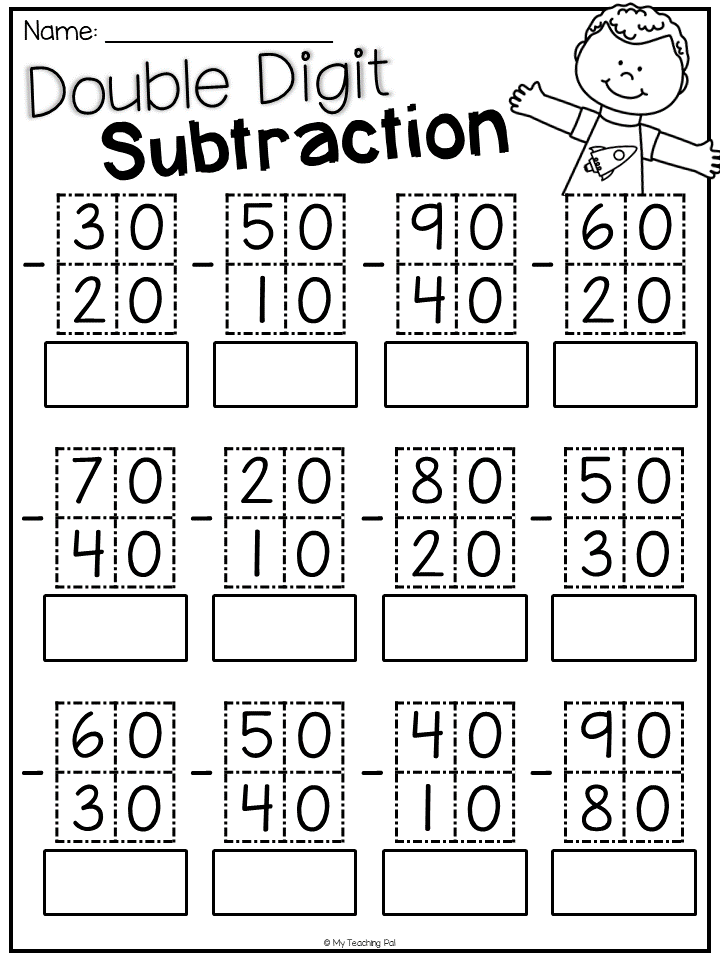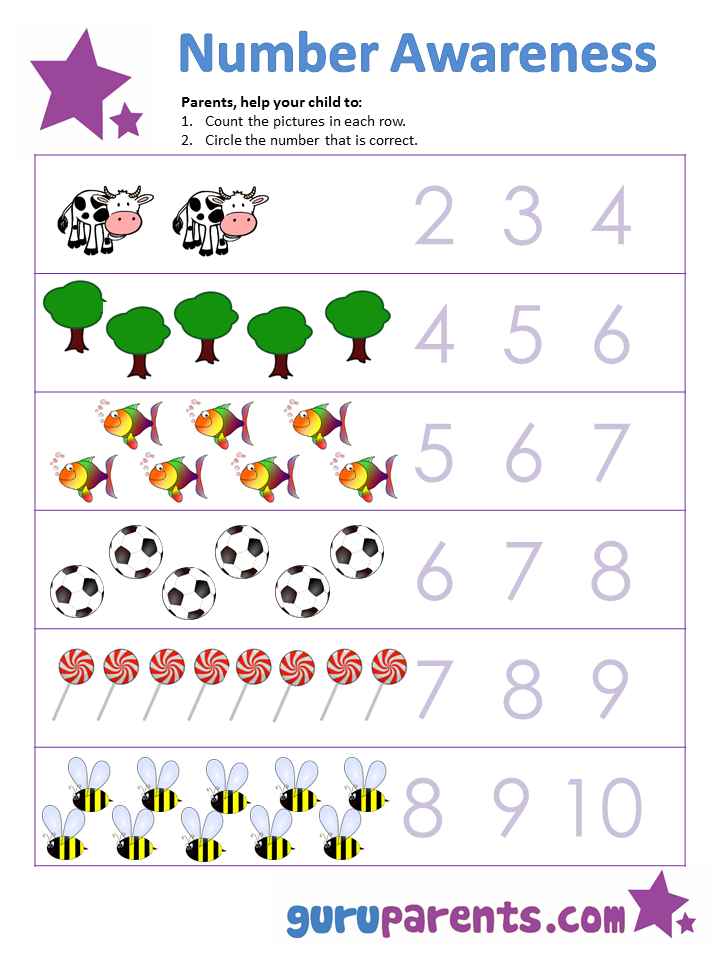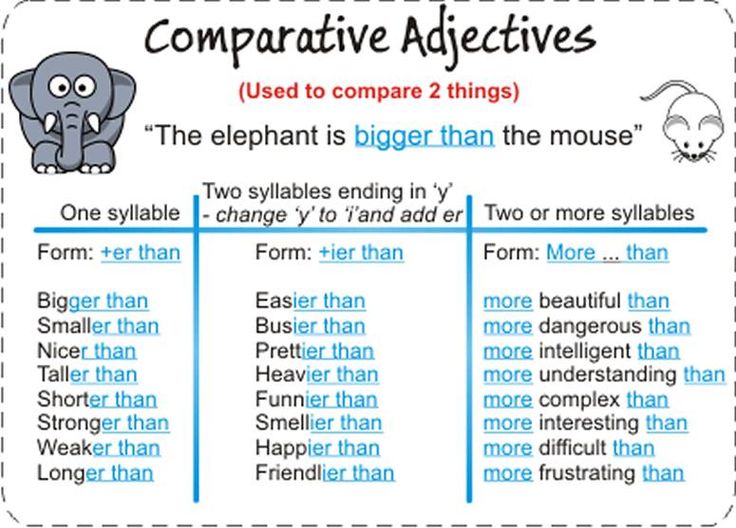Teaching to read books
9 Fun and Easy Tips
With the abundance of information out there, it can seem like there is no clear answer about how to teach a child to read. As a busy parent, you may not have time to wade through all of the conflicting opinions.
That’s why we’re here to help! There are some key elements when it comes to teaching kids to read, so we’ve rounded up nine effective tips to help you boost your child’s reading skills and confidence.
These tips are simple, fit into your lifestyle, and help build foundational reading skills while having fun!
Tips For How To Teach A Child To Read
1) Focus On Letter Sounds Over Letter Names
We used to learn that “b” stands for “ball.” But when you say the word ball, it sounds different than saying the letter B on its own. That can be a strange concept for a young child to wrap their head around!
Instead of focusing on letter names, we recommend teaching them the sounds associated with each letter of the alphabet. For example, you could explain that B makes the /b/ sound (pronounced just like it sounds when you say the word ball aloud).
Once they firmly establish a link between a handful of letters and their sounds, children can begin to sound out short words. Knowing the sounds for B, T, and A allows a child to sound out both bat and tab.
As the number of links between letters and sounds grows, so will the number of words your child can sound out!
Now, does this mean that if your child already began learning by matching formal alphabet letter names with words, they won’t learn to match sounds and letters or learn how to read? Of course not!
We simply recommend this process as a learning method that can help some kids with the jump from letter sounds to words.
2) Begin With Uppercase Letters
Practicing how to make letters is way easier when they all look unique! This is why we teach uppercase letters to children who aren’t in formal schooling yet.
Even though lowercase letters are the most common format for letters (if you open a book at any page, the majority of the letters will be lowercase), uppercase letters are easier to distinguish from one another and, therefore, easier to identify.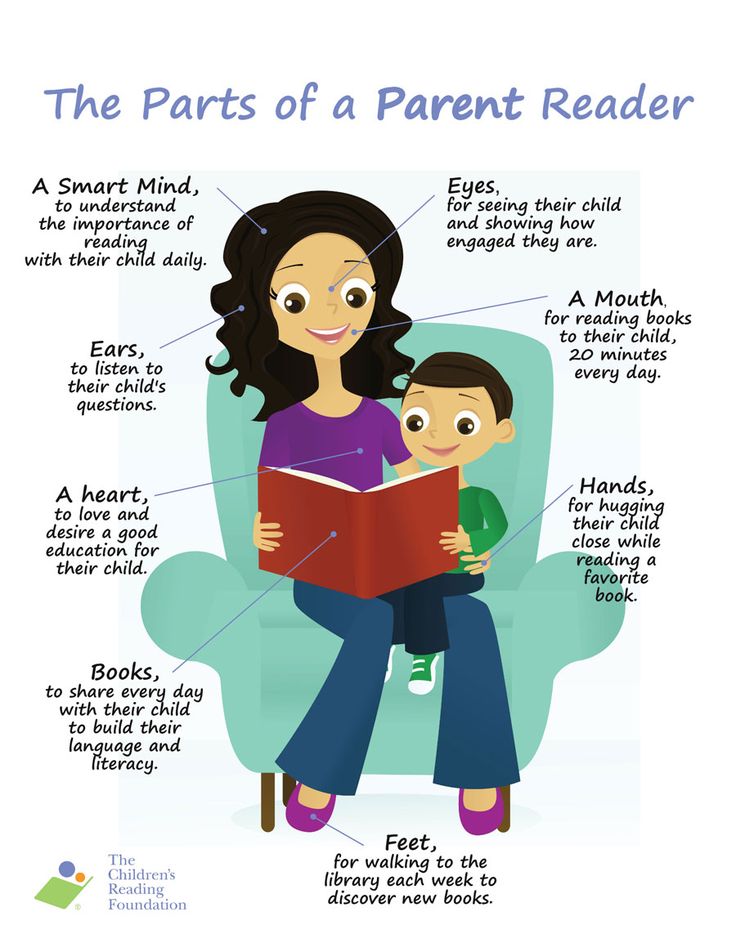
Think about it –– “b” and “d” look an awful lot alike! But “B” and “D” are much easier to distinguish. Starting with uppercase letters, then, will help your child to grasp the basics of letter identification and, subsequently, reading.
To help your child learn uppercase letters, we find that engaging their sense of physical touch can be especially useful. If you want to try this, you might consider buying textured paper, like sandpaper, and cutting out the shapes of uppercase letters.
Ask your child to put their hands behind their back, and then place the letter in their hands. They can use their sense of touch to guess what letter they’re holding! You can play the same game with magnetic letters.
3) Incorporate Phonics
Research has demonstrated that kids with a strong background in phonics (the relationship between sounds and symbols) tend to become stronger readers in the long-run.
A phonetic approach to reading shows a child how to go letter by letter — sound by sound — blending the sounds as you go in order to read words that the child (or adult) has not yet memorized.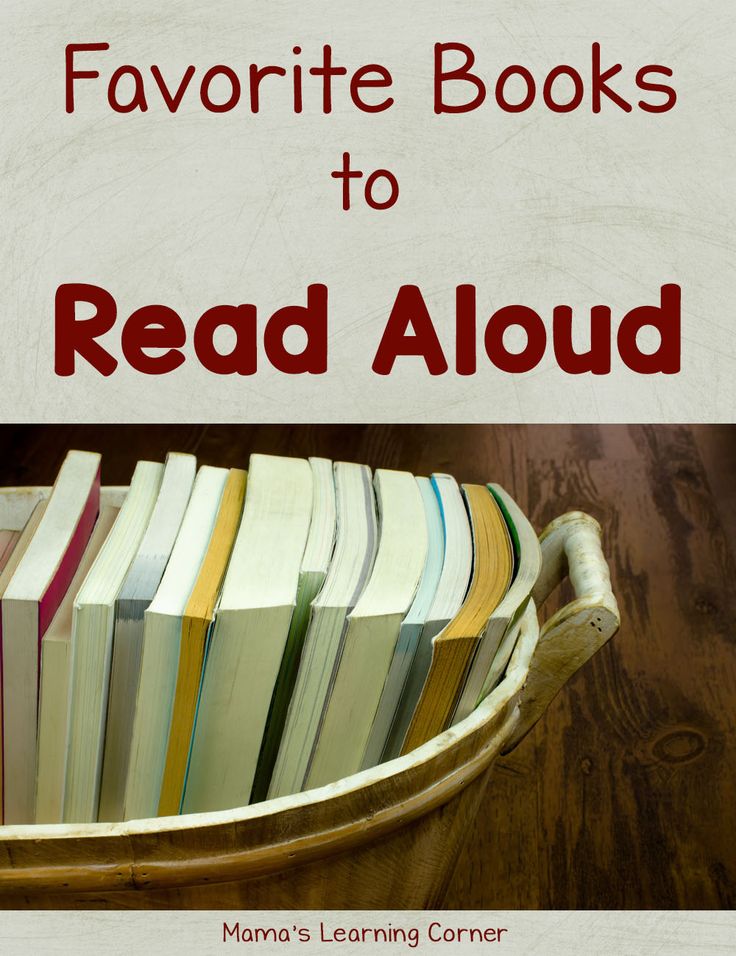
Once kids develop a level of automatization, they can sound out words almost instantly and only need to employ decoding with longer words. Phonics is best taught explicitly, sequentially, and systematically — which is the method HOMER uses.
If you’re looking for support helping your child learn phonics, our HOMER Learn & Grow app might be exactly what you need! With a proven reading pathway for your child, HOMER makes learning fun!
4) Balance Phonics And Sight Words
Sight words are also an important part of teaching your child how to read. These are common words that are usually not spelled the way they sound and can’t be decoded (sounded out).
Because we don’t want to undo the work your child has done to learn phonics, sight words should be memorized. But keep in mind that learning sight words can be challenging for many young children.
So, if you want to give your child a good start on their reading journey, it’s best to spend the majority of your time developing and reinforcing the information and skills needed to sound out words.
5) Talk A Lot
Even though talking is usually thought of as a speech-only skill, that’s not true. Your child is like a sponge. They’re absorbing everything, all the time, including the words you say (and the ones you wish they hadn’t heard)!
Talking with your child frequently and engaging their listening and storytelling skills can increase their vocabulary.
It can also help them form sentences, become familiar with new words and how they are used, as well as learn how to use context clues when someone is speaking about something they may not know a lot about.
All of these skills are extremely helpful for your child on their reading journey, and talking gives you both an opportunity to share and create moments you’ll treasure forever!
6) Keep It Light
Reading is about having fun and exploring the world (real and imaginary) through text, pictures, and illustrations. When it comes to reading, it’s better for your child to be relaxed and focused on what they’re learning than squeezing in a stressful session after a long day.
We’re about halfway through the list and want to give a gentle reminder that your child shouldn’t feel any pressure when it comes to reading — and neither should you!
Although consistency is always helpful, we recommend focusing on quality over quantity. Fifteen minutes might sound like a short amount of time, but studies have shown that 15 minutes a day of HOMER’s reading pathway can increase early reading scores by 74%!
It may also take some time to find out exactly what will keep your child interested and engaged in learning. That’s OK! If it’s not fun, lighthearted, and enjoyable for you and your child, then shake it off and try something new.
7) Practice Shared Reading
While you read with your child, consider asking them to repeat words or sentences back to you every now and then while you follow along with your finger.
There’s no need to stop your reading time completely if your child struggles with a particular word. An encouraging reminder of what the word means or how it’s pronounced is plenty!
Another option is to split reading aloud time with your child.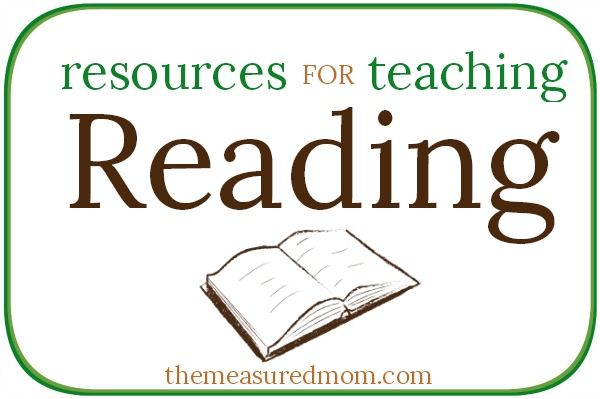 For emerging readers, you can read one line and then ask them to read the next. For older children, reading one page and letting them read the next page is beneficial.
For emerging readers, you can read one line and then ask them to read the next. For older children, reading one page and letting them read the next page is beneficial.
Doing this helps your child feel capable and confident, which is important for encouraging them to read well and consistently!
This technique also gets your child more acquainted with the natural flow of reading. While they look at the pictures and listen happily to the story, they’ll begin to focus on the words they are reading and engage more with the book in front of them.
Rereading books can also be helpful. It allows children to develop a deeper understanding of the words in a text, make familiar words into “known” words that are then incorporated into their vocabulary, and form a connection with the story.
We wholeheartedly recommend rereading!
8) Play Word Games
Getting your child involved in reading doesn’t have to be about just books. Word games can be a great way to engage your child’s skills without reading a whole story at once.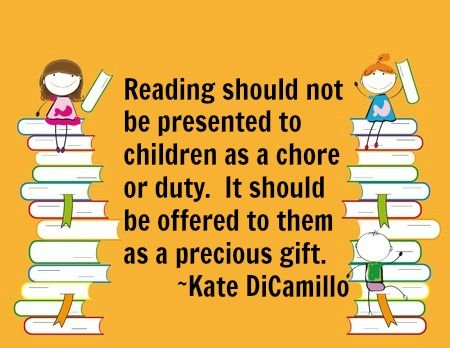
One of our favorite reading games only requires a stack of Post-It notes and a bunched-up sock. For this activity, write sight words or words your child can sound out onto separate Post-It notes. Then stick the notes to the wall.
Your child can then stand in front of the Post-Its with the bunched-up sock in their hands. You say one of the words and your child throws the sock-ball at the Post-It note that matches!
9) Read With Unconventional Materials
In the same way that word games can help your child learn how to read, so can encouraging your child to read without actually using books!
If you’re interested in doing this, consider using PlayDoh, clay, paint, or indoor-safe sand to form and shape letters or words.
Another option is to fill a large pot with magnetic letters. For emerging learners, suggest that they pull a letter from the pot and try to name the sound it makes. For slightly older learners, see if they can name a word that begins with the same sound, or grab a collection of letters that come together to form a word.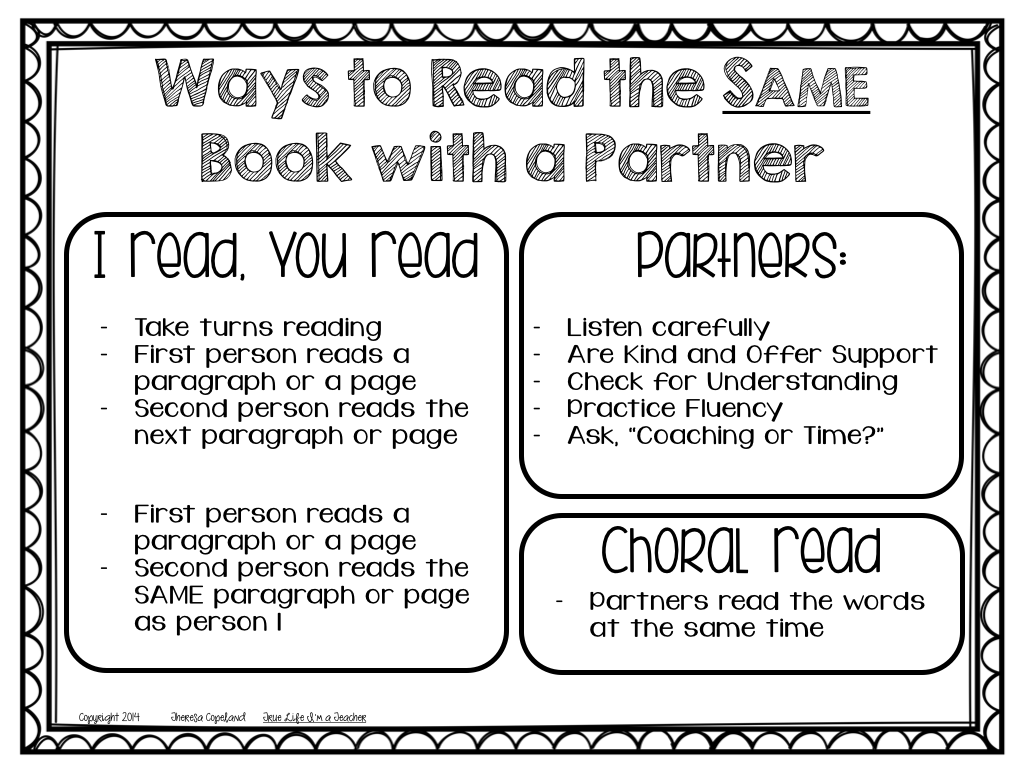
As your child becomes more proficient, you can scale these activities to make them a little more advanced. And remember to have fun with it!
Reading Comes With Time And Practice
Overall, we want to leave you with this: there is no single answer to how to teach a child to read. What works for your neighbor’s child may not work for yours –– and that’s perfectly OK!
Patience, practicing a little every day, and emphasizing activities that let your child enjoy reading are the things we encourage most. Reading is about fun, exploration, and learning!
And if you ever need a bit of support, we’re here for you! At HOMER, we’re your learning partner. Start your child’s reading journey with confidence with our personalized program plus expert tips and learning resources.
Author
Teaching children to read isn’t easy. How do kids actually learn to read?
A student in a Mississippi elementary school reads a book in class.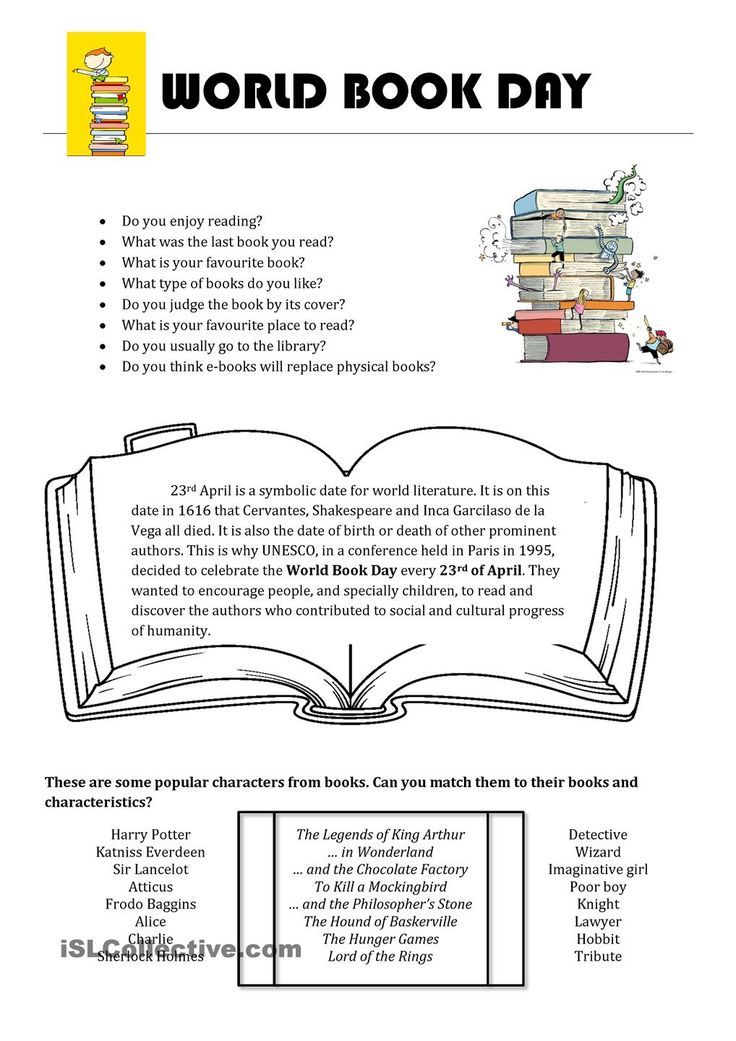 Research shows young children need explicit, systematic phonics instruction to learn how to read fluently. Credit: Terrell Clark for The Hechinger Report
Research shows young children need explicit, systematic phonics instruction to learn how to read fluently. Credit: Terrell Clark for The Hechinger ReportTeaching kids to read isn’t easy; educators often feel strongly about what they think is the “right” way to teach this essential skill. Though teachers’ approaches may differ, the research is pretty clear on how best to help kids learn to read. Here’s what parents should look for in their children’s classroom.
How do kids actually learn how to read?
Research shows kids learn to read when they are able to identify letters or combinations of letters and connect those letters to sounds. There’s more to it, of course, like attaching meaning to words and phrases, but phonemic awareness (understanding sounds in spoken words) and an understanding of phonics (knowing that letters in print correspond to sounds) are the most basic first steps to becoming a reader.
If children can’t master phonics, they are more likely to struggle to read.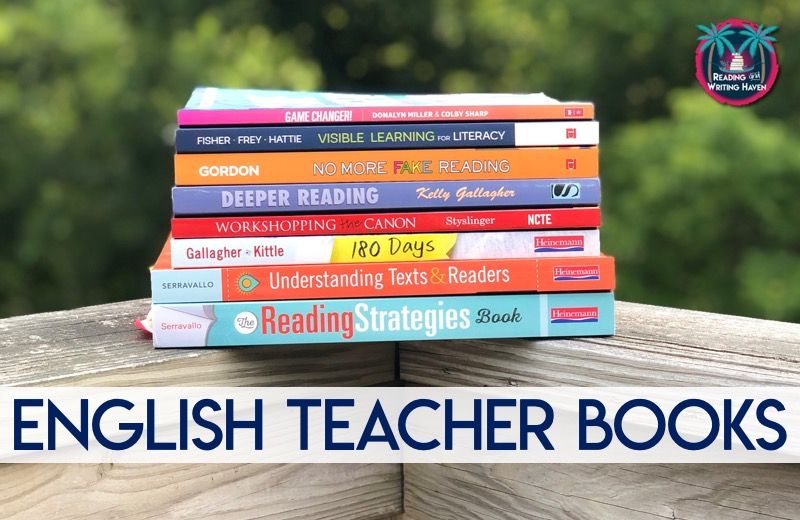 That’s why researchers say explicit, systematic instruction in phonics is important: Teachers must lead students step by step through a specific sequence of letters and sounds. Kids who learn how to decode words can then apply that skill to more challenging words and ultimately read with fluency. Some kids may not need much help with phonics, especially as they get older, but experts say phonics instruction can be essential for young children and struggling readers “We don’t know how much phonics each kid needs,” said Anders Rasmussen, principal of Wood Road Elementary School in Ballston Spa, New York, who recently led the transformation of his schools’ reading program to a research-based, structured approach. “But we know no kid is hurt by getting too much of it.”
That’s why researchers say explicit, systematic instruction in phonics is important: Teachers must lead students step by step through a specific sequence of letters and sounds. Kids who learn how to decode words can then apply that skill to more challenging words and ultimately read with fluency. Some kids may not need much help with phonics, especially as they get older, but experts say phonics instruction can be essential for young children and struggling readers “We don’t know how much phonics each kid needs,” said Anders Rasmussen, principal of Wood Road Elementary School in Ballston Spa, New York, who recently led the transformation of his schools’ reading program to a research-based, structured approach. “But we know no kid is hurt by getting too much of it.”
How should your child’s school teach reading?
Timothy Shanahan, a professor emeritus at the University of Illinois at Chicago and an expert on reading instruction, said phonics are important in kindergarten through second grade and phonemic awareness should be explicitly taught in kindergarten and first grade.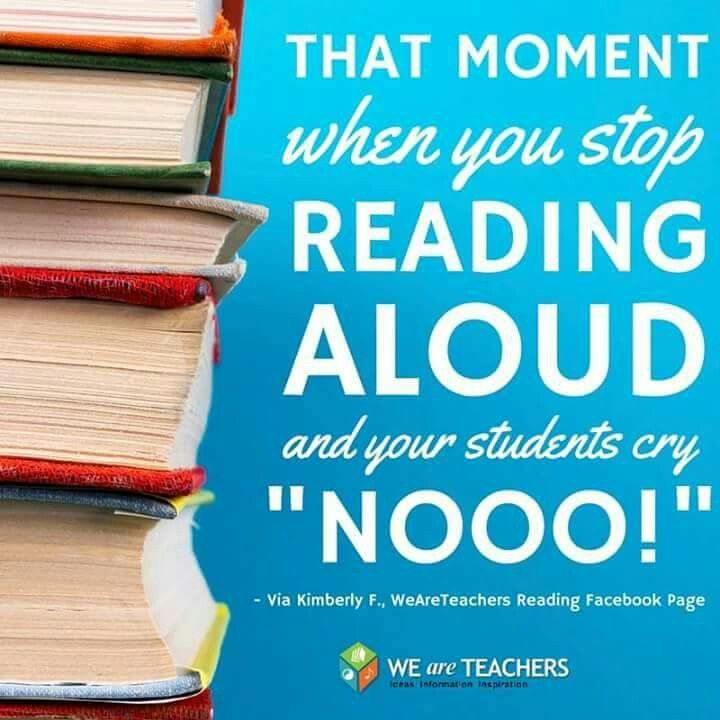 This view has been underscored by experts in recent years as the debate over reading instruction has intensified. But teaching kids how to read should include more than phonics, said Shanahan. They should also be exposed to oral reading, reading comprehension and writing.
This view has been underscored by experts in recent years as the debate over reading instruction has intensified. But teaching kids how to read should include more than phonics, said Shanahan. They should also be exposed to oral reading, reading comprehension and writing.
The wars over how to teach reading are back. Here’s the four things you need to know.
Wiley Blevins, an author and expert on phonics, said a good test parents can use to determine whether a child is receiving research-based reading instruction is to ask their child’s teacher how reading is taught. “They should be able to tell you something more than ‘by reading lots of books’ and ‘developing a love of reading.’ ” Blevins said. Along with time dedicated to teaching phonics, Blevins said children should participate in read-alouds with their teacher to build vocabulary and content knowledge. “These read-alouds must involve interactive conversations to engage students in thinking about the content and using the vocabulary,” he said.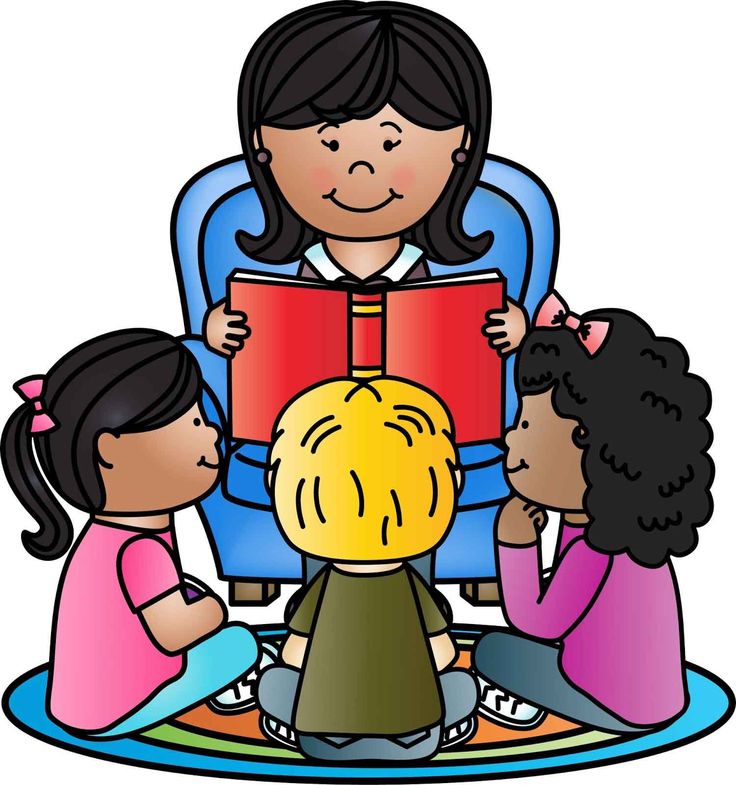 “Too often, when time is limited, the daily read-alouds are the first thing left out of the reading time. We undervalue its impact on reading growth and must change that.”
“Too often, when time is limited, the daily read-alouds are the first thing left out of the reading time. We undervalue its impact on reading growth and must change that.”
Rasmussen’s school uses a structured approach: Children receive lessons in phonemic awareness, phonics, pre-writing and writing, vocabulary and repeated readings. Research shows this type of “systematic and intensive” approach in several aspects of literacy can turn children who struggle to read into average or above-average readers.
What should schools avoid when teaching reading?
Educators and experts say kids should be encouraged to sound out words, instead of guessing. “We really want to make sure that no kid is guessing,” Rasmussen said. “You really want … your own kid sounding out words and blending words from the earliest level on.” That means children are not told to guess an unfamiliar word by looking at a picture in the book, for example. As children encounter more challenging texts in later grades, avoiding reliance on visual cues also supports fluent reading.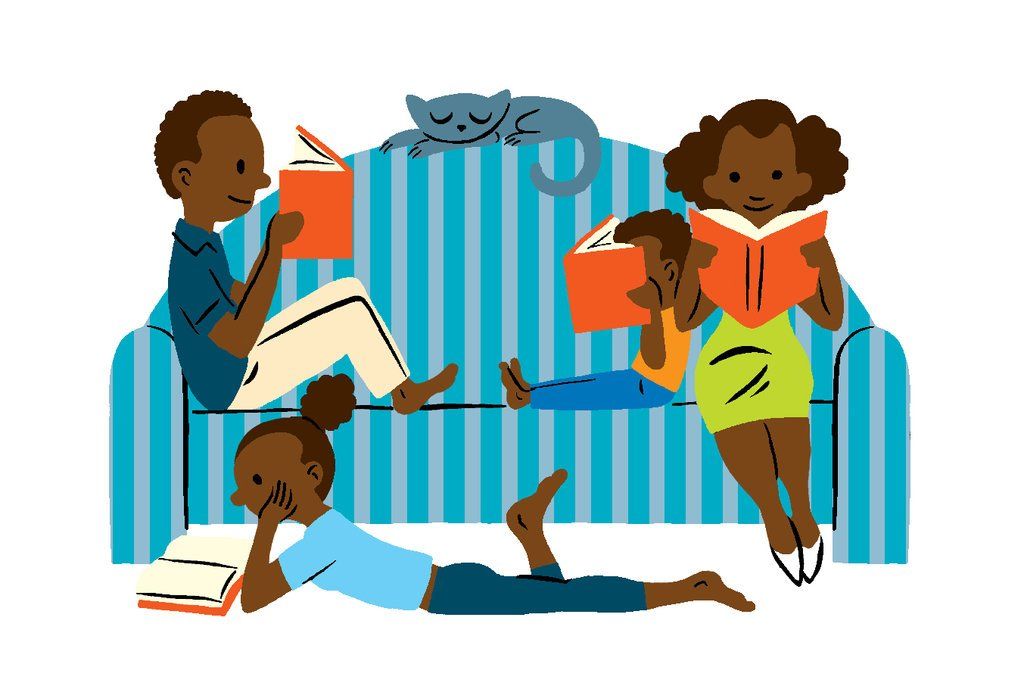 “When they get to ninth grade and they have to read “Of Mice and Men,” there are no picture cues,” Rasmussen said.
“When they get to ninth grade and they have to read “Of Mice and Men,” there are no picture cues,” Rasmussen said.
Related: Teacher Voice: We need phonics, along with other supports, for reading
Blevins and Shanahan caution against organizing books by different reading levels and keeping students at one level until they read with enough fluency to move up to the next level. Although many people may think keeping students at one level will help prevent them from getting frustrated and discouraged by difficult texts, research shows that students actually learn more when they are challenged by reading materials.
Blevins said reliance on “leveled books” can contribute to “a bad habit in readers.” Because students can’t sound out many of the words, they rely on memorizing repeated words and sentence patterns, or on using picture clues to guess words. Rasmussen said making kids stick with one reading level — and, especially, consistently giving some kids texts that are below grade level, rather than giving them supports to bring them to grade level — can also lead to larger gaps in reading ability.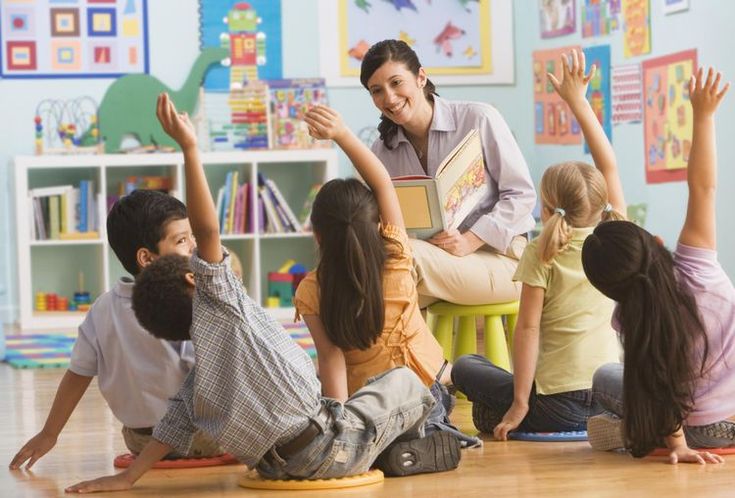
How do I know if a reading curriculum is effective?
Some reading curricula cover more aspects of literacy than others. While almost all programs have some research-based components, the structure of a program can make a big difference, said Rasmussen. Watching children read is the best way to tell if they are receiving proper instruction — explicit, systematic instruction in phonics to establish a foundation for reading, coupled with the use of grade-level texts, offered to all kids.
Parents who are curious about what’s included in the curriculum in their child’s classroom can find sources online, like a chart included in an article by Readingrockets.org which summarizes the various aspects of literacy, including phonics, writing and comprehension strategies, in some of the most popular reading curricula.
Blevins also suggested some questions parents can ask their child’s teacher:
- What is your phonics scope and sequence?
“If research-based, the curriculum must have a clearly defined phonics scope and sequence that serves as the spine of the instruction. ” Blevins said.
” Blevins said.
- Do you have decodable readers (short books with words composed of the letters and sounds students are learning) to practice phonics?
“If no decodable or phonics readers are used, students are unlikely to get the amount of practice and application to get to mastery so they can then transfer these skills to all reading and writing experiences,” Blevins said. “If teachers say they are using leveled books, ask how many words can students sound out based on the phonics skills (teachers) have taught … Can these words be fully sounded out based on the phonics skills you taught or are children only using pieces of the word? They should be fully sounding out the words — not using just the first or first and last letters and guessing at the rest.”
- What are you doing to build students’ vocabulary and background knowledge? How frequent is this instruction? How much time is spent each day doing this?
“It should be a lot,” Blevins said, “and much of it happens during read-alouds, especially informational texts, and science and social studies lessons. ”
”
- Is the research used to support your reading curriculum just about the actual materials, or does it draw from a larger body of research on how children learn to read? How does it connect to the science of reading?
Teachers should be able to answer these questions, said Blevins.
What should I do if my child isn’t progressing in reading?
When a child isn’t progressing, Blevins said, the key is to find out why. “Is it a learning challenge or is your child a curriculum casualty? This is a tough one.” Blevins suggested that parents of kindergarteners and first graders ask their child’s school to test the child’s phonemic awareness, phonics and fluency.
Parents of older children should ask for a test of vocabulary. “These tests will locate some underlying issues as to why your child is struggling reading and understanding what they read,” Blevins said. “Once underlying issues are found, they can be systematically addressed. ”
”
“We don’t know how much phonics each kid needs. But we know no kid is hurt by getting too much of it.”
Anders Rasmussen, principal of Wood Road Elementary School in Ballston Spa, New York
Rasmussen recommended parents work with their school if they are concerned about their children’s progress. By sitting and reading with their children, parents can see the kind of literacy instruction the kids are receiving. If children are trying to guess based on pictures, parents can talk to teachers about increasing phonics instruction.
“Teachers aren’t there doing necessarily bad things or disadvantaging kids purposefully or willfully,” Rasmussen said. “You have many great reading teachers using some effective strategies and some ineffective strategies.”
What can parents do at home to help their children learn to read?
Parents want to help their kids learn how to read but don’t want to push them to the point where they hate reading.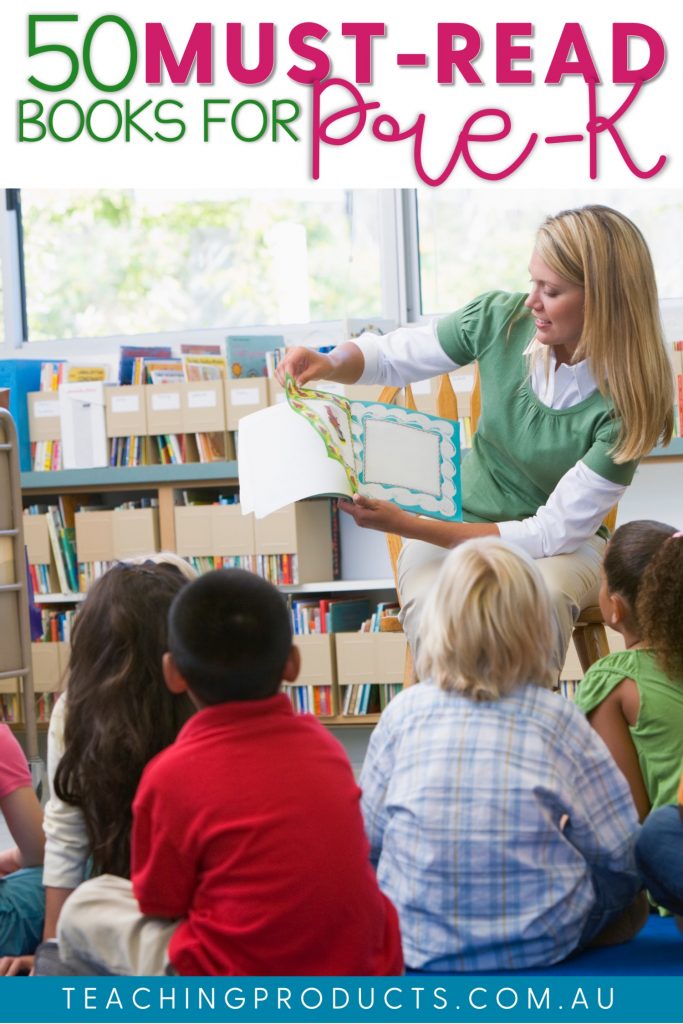 “Parents at home can fall into the trap of thinking this is about drilling their kid,” said Cindy Jiban, a former educator and current principal academic lead at NWEA, a research-based non-profit focused on assessments and professional learning opportunities. “This is unfortunate,” Jiban said. “It sets up a parent-child interaction that makes it, ‘Ugh, there’s this thing that’s not fun.’” Instead, Jiban advises making decoding playful. Here are some ideas:
“Parents at home can fall into the trap of thinking this is about drilling their kid,” said Cindy Jiban, a former educator and current principal academic lead at NWEA, a research-based non-profit focused on assessments and professional learning opportunities. “This is unfortunate,” Jiban said. “It sets up a parent-child interaction that makes it, ‘Ugh, there’s this thing that’s not fun.’” Instead, Jiban advises making decoding playful. Here are some ideas:
- Challenge kids to find everything in the house that starts with a specific sound.
- Stretch out one word in a sentence. Ask your child to “pass the salt” but say the individual sounds in the word “salt” instead of the word itself.
- Ask your child to figure out what every family member’s name would be if it started with a “b” sound.
- Sing that annoying “Banana fana fo fanna song.” Jiban said that kind of playful activity can actually help a kid think about the sounds that correspond with letters even if they’re not looking at a letter right in front of them.
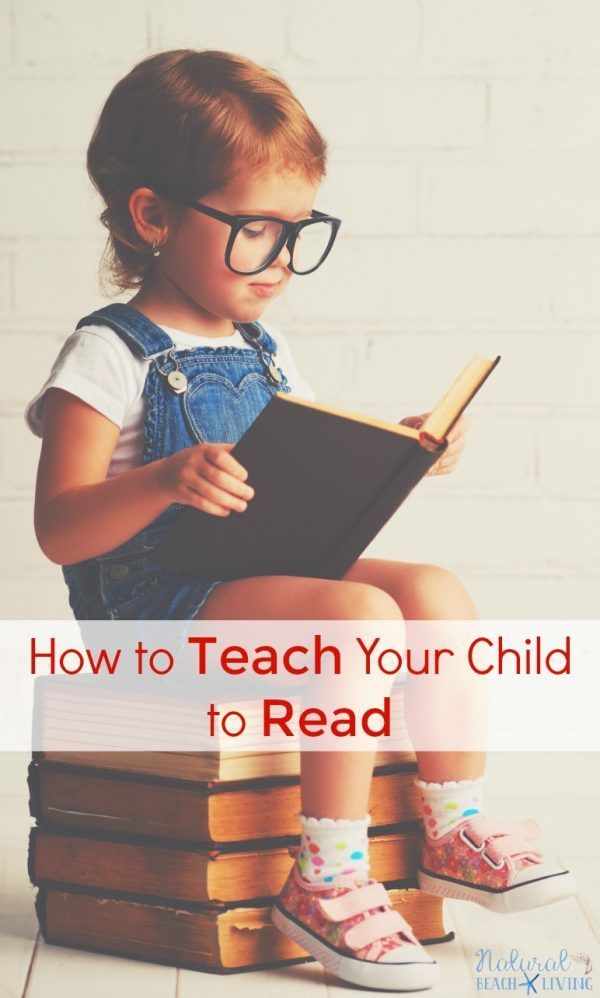
- Read your child’s favorite book over and over again. For books that children know well, Jiban suggests that children use their finger to follow along as each word is read. Parents can do the same, or come up with another strategy to help kids follow which words they’re reading on a page.
Giving a child diverse experiences that seem to have nothing to do with reading can also help a child’s reading ability. By having a variety of experiences, Rasmussen said, children will be able to apply their own knowledge to better comprehend texts about various topics.
This story about teaching children to read was produced by The Hechinger Report, a nonprofit, independent news organization focused on inequality and innovation in education. Sign up for Hechinger’s newsletter.
The Hechinger Report provides in-depth, fact-based, unbiased reporting on education that is free to all readers. But that doesn't mean it's free to produce. Our work keeps educators and the public informed about pressing issues at schools and on campuses throughout the country. We tell the whole story, even when the details are inconvenient. Help us keep doing that.
Our work keeps educators and the public informed about pressing issues at schools and on campuses throughout the country. We tell the whole story, even when the details are inconvenient. Help us keep doing that.
Join us today.
9 books that will teach you to read
Early learning to read, as well as the desire to engage in early development with a child, is a trend of recent years. The Clever publishing house recommends which books should be used for activities with the baby, in order not only to teach him to recognize letters and put words out of them, but also to instill a true love of reading.
Primer. Learning to read from 2-3 years old
At what age is it time to learn letters with a baby? Our authors, teachers with experience, Olga Uzorova and Elena Nefedova, believe that you can start from the age of two! Early? Boring? In no case! Kids love letters and games with them. Here, for example, is the letter "Z", which buzzes like a fly, and here is the letter "R", it roars like a lion. And kids are also delighted that syllables and words can be added from letters. nine0003
Here, for example, is the letter "Z", which buzzes like a fly, and here is the letter "R", it roars like a lion. And kids are also delighted that syllables and words can be added from letters. nine0003
The tasks in the book are selected so that children of 2-3 years old do not get bored with its pages, but get acquainted with new things with interest, playing and joking. This will be very useful for them in the future: knowing all the letters, it is much easier to study with "adult" primers.
Notebook-Primer. Learning to read and write from 2-3 years old
This notebook is the perfect match for the Primer. There are no difficult lessons and boring activities in it.
The new edition is based on the effective method of teaching reading and writing by Olga Uzorova and Elena Nefedova. The main idea of the technique is to captivate and interest the child, which means that you will not be bored. To help parents as much as possible, we put detailed instructions at the beginning of the notebook on how to properly practice it with the baby.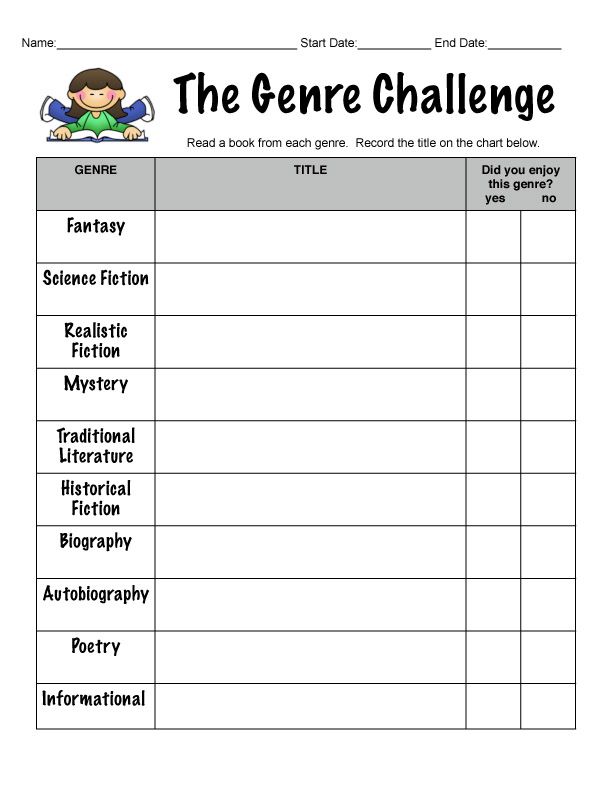 nine0003
nine0003
Information is presented in a playful way, with vivid example pictures. Now every new lesson is a game, not just learning to read. Study from a notebook and consolidate your knowledge with a split cash register of letters. With it, you can learn not only to read, but also to write small words and even mini-sentences!
Tosya-Bosya plays with letters
Tosya-Bosya does not sit still, she is always drawn to something new and interesting. In the new book, the cheerful fidget will not only play and be naughty, she will learn letters. And your child will get acquainted with the alphabet with her in a simple and exciting way. nine0003
Toshi-Boshi has prepared a lot of tasks for you: learn the word and add the first letters of the names of objects, complete the letters in one of the halves, color the pictures, cross out the extra letters in the words and collect the correct words from the jumbled letters.
We have also prepared many interesting facts. From the book, together with Tosei-Bosei, you can learn about ancient types of writing, about complex symbols and hieroglyphs that were used to replace long words. And if you still can’t write ordinary letters, you can try to come up with your own hieroglyphs with your child. nine0003
From the book, together with Tosei-Bosei, you can learn about ancient types of writing, about complex symbols and hieroglyphs that were used to replace long words. And if you still can’t write ordinary letters, you can try to come up with your own hieroglyphs with your child. nine0003
Vinnie and his friends. Learning the alphabet
Notebook-notebook with a game alphabet for children from 3 to 6 years old with a favorite friend of many children - Winnie the bear and his company.
All the letters of the alphabet are gathered on its pages. Each letter is accompanied by a small rhyme in which it is played out, and an interesting task associated with the rhyme. Draw portraits of Winnie's friends, get out of labyrinths, water vegetables and collect honey while memorizing the letters of the alphabet. An excellent choice for those mothers who seek to distract the child from the TV screen or want to keep the child on the road with maximum benefit. nine0003
Animal alphabet.
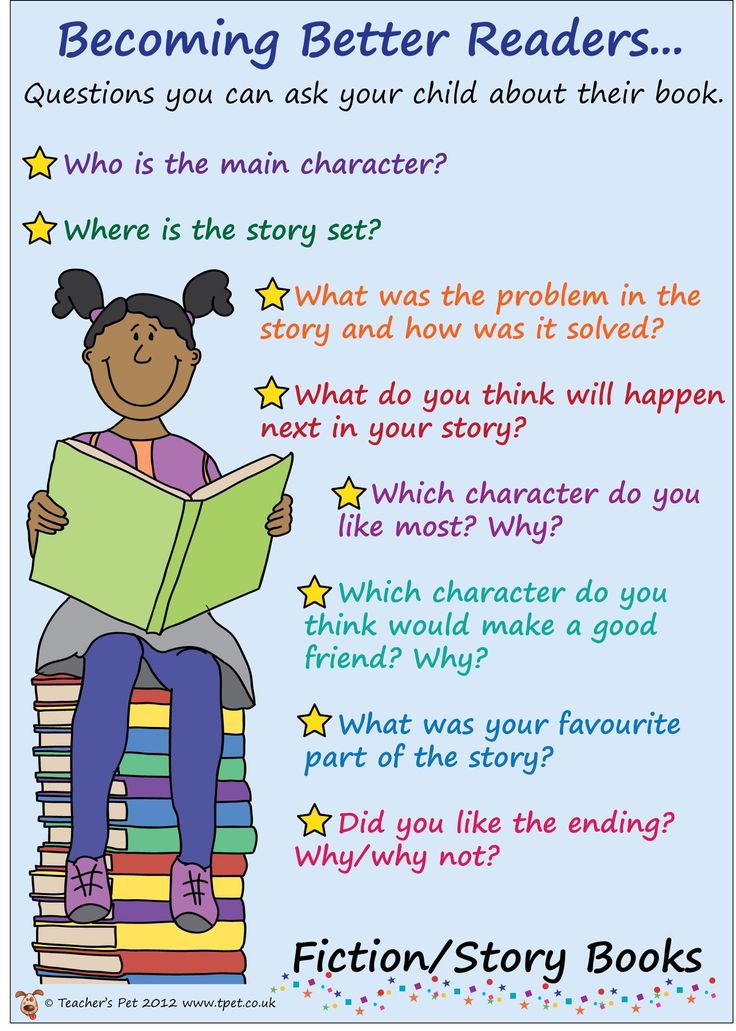 Notebook with games and tasks
Notebook with games and tasks Velcro notepad is a win-win move to draw the attention of the little fidget to learning the letters of the native alphabet. Children love Velcro, especially if there is something interesting behind them!
In this notebook, we have collected 150 creative tasks, by completing which the child will develop fine motor skills, memory, attention, coordination, and also learn how to hold a pencil in his hand correctly. After all, without help, the spider will not get into the forest, the fish will be left without shadows, and the elk will wander around the maze! How can you not help here? And the animals, in gratitude for this, will show the fidget all the letters, teach them how to write them and even solve puzzles. nine0003
In the country of letters. 200 game tasks
Psychologists and teachers say that children learn best in the game. And it is much more pleasant for parents to play with children than to arrange boring reading and writing classes.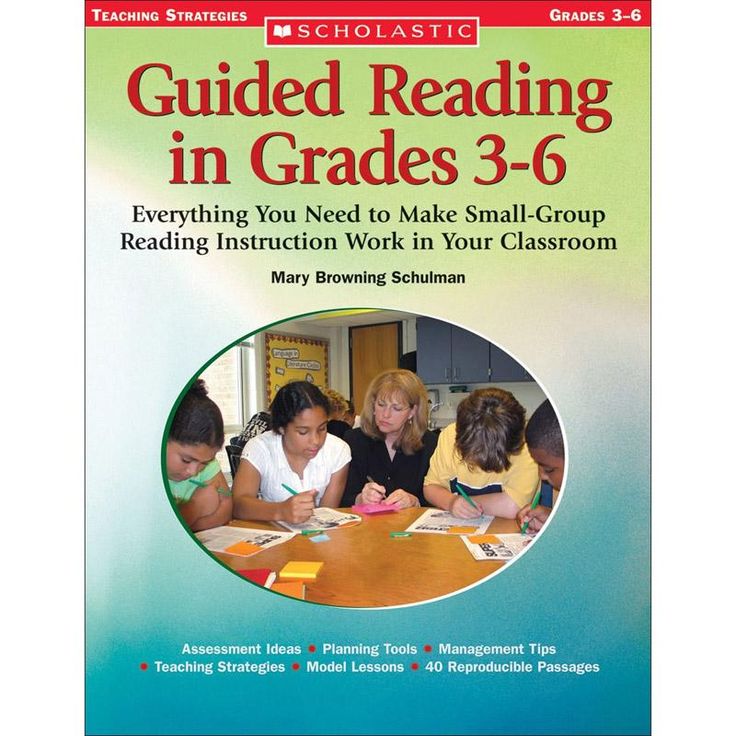
Go to the land of letters with the book by Svetlana Voskresenskaya. Under the cover you will find 200 different tasks for the initial learning to read and write. Learn new letters, look for them in words, make up funny stories from pictures, write and draw hooks and squiggles! nine0003
Each spread of the book consists of several tasks for a certain letter. Moving from simple to complex, your child will learn to read first, and then to write in block letters and even syllables. And those parents who like to carefully study various methods will find detailed instructions for classes at the beginning of the book.
I am learning letters. Alphabet-recognition
Alphabet-recognition is a handy box with 32 magic cards and detailed instructions for parents. To start a fun game, you just need to get them all and select the one you need. nine0003
Each card will introduce the kid to one of the letters of the Russian alphabet, tell you what words this letter can be found in and teach you how to write it correctly.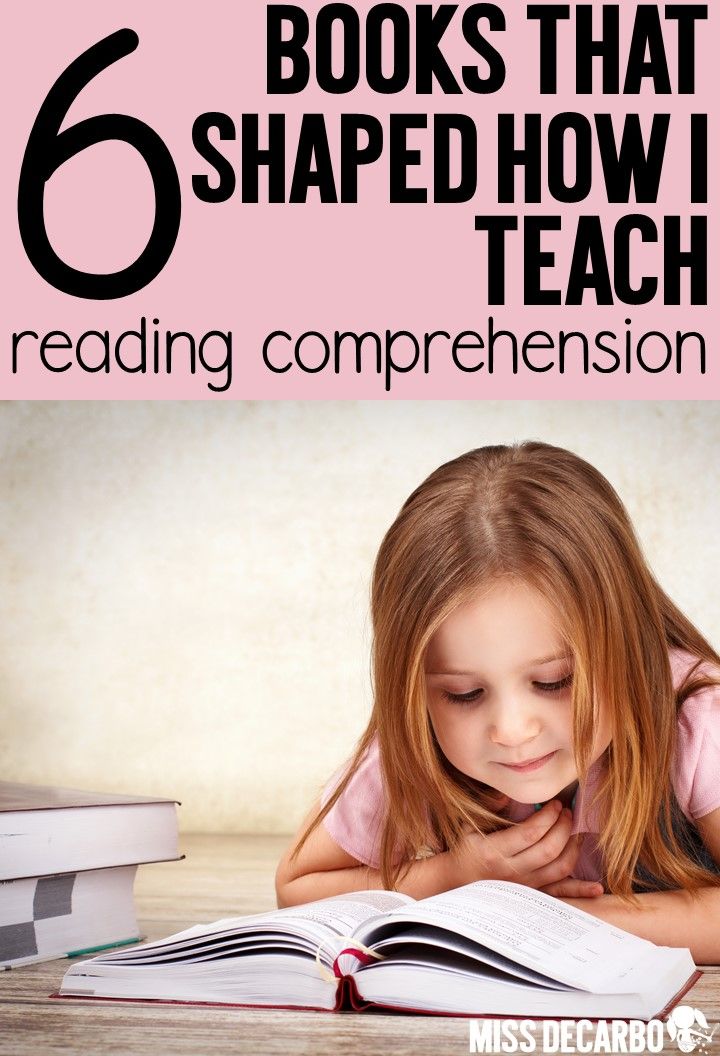 By the way, you can write directly on the cards: they are reusable, you only need an erasable felt-tip pen.
By the way, you can write directly on the cards: they are reusable, you only need an erasable felt-tip pen.
I am learning to read. Learn the word!
Another beautiful box on a string, in which 32 task cards were hidden. They will introduce the kid to the letters and help him learn to read.
To memorize each letter well, you must first learn how to find it. Found? Now you can read short words. And two-syllable words. And then out of three! That's how we learned to read. And besides the correct words, the cards hide "incorrect" ones, which must be found and underlined. You can underline and draw directly on the cards: they are reusable, as in the ABC-Knowing, and very convenient. nine0003
I am learning to write. Logical recipes
And again the box, but this time more complex. It is perfect for those mothers and children who have already got acquainted with the letters and want to learn how to write them. On 32 cards, the kid will have to draw lines, squiggles and various elements of letters, and then the letters themselves. Sometimes you have to count for this, for example, to draw as many large letters F as there are scarves in the picture, and as many small letters F as there are shoes in the picture. nine0003
Sometimes you have to count for this, for example, to draw as many large letters F as there are scarves in the picture, and as many small letters F as there are shoes in the picture. nine0003
You can write, draw and hatch in "Logical Recipes" on the cards themselves, because they are reusable.
90,000 interesting books for teaching reading
Daria Gerasimova
"ABC of transformations"
Illustrations of the author
Labyrinth Publishing House, 2018
Artist Daria Gerasimova not only drew illustrations for the "alphabet of transformations", but also coined small texts and the very structure of this unusual book. On each turn, the child can really observe a series of transformations of a letter into an object. There was just the letter D - and suddenly branches grow on it, dragons fly in, and now we have before us not a letter, but a wooden house of dragons. “D is both a tree and a house. Two dragons slumber in it." The studied letter is highlighted in the text in color.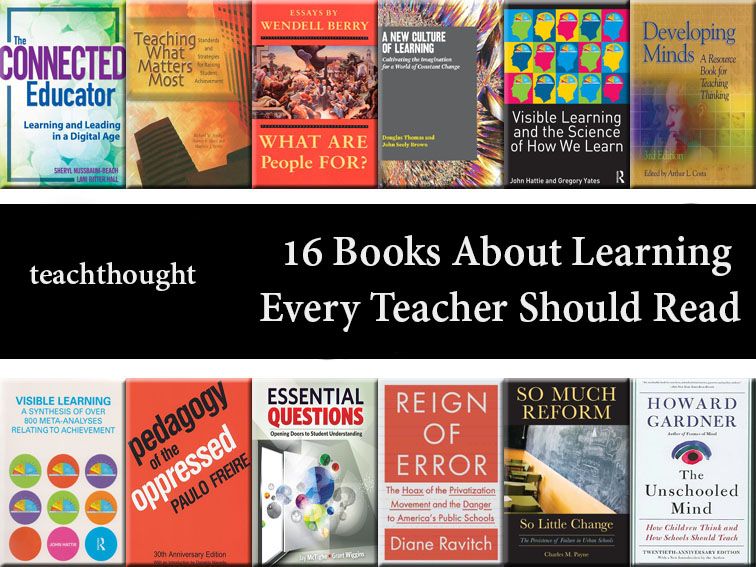 The child can not only listen and look at this book, but also draw: the ABC of Transformations is accompanied by a set of cards with letters for coloring. nine0003
The child can not only listen and look at this book, but also draw: the ABC of Transformations is accompanied by a set of cards with letters for coloring. nine0003
Uncle Kolya Vorontsov
A-A-Azbuka
Illustrations of the author
Labyrinth Publishing House, 2017
Uncle Kolya Vorontsov drew an entire book of interesting pictures-he arranged a real festival of humor. This is what is called a "cool" book. On the one hand, it uses words denoting such modern realities as a hamburger, electricity, eclair and plaster. On the other hand, it has "hooligan" antics like "draw your navel" (exercise for the letter P). The child will also find here a whole company of monsters (with the letter M). And each of the monsters has its own name, which also begins with the letter M: Mouse, Mukhra, Munyansha, Mumzik ... To pronounce all these names is also a speech therapy task. Studying the letters, you can play - for example, in the game "Find a pair of socks" (for the letter H) or in the maze (for the letter L), draw and color something somewhere.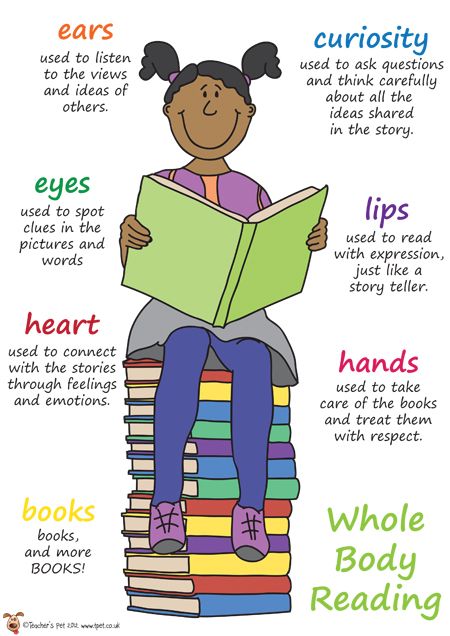 Each letter is inscribed in the picture, is its character, that is, a bridge is built into the alphabetic pictures between the drawn “message” and the letter “message”. nine0003
Each letter is inscribed in the picture, is its character, that is, a bridge is built into the alphabetic pictures between the drawn “message” and the letter “message”. nine0003
This ABC contains stories that are very witty and unexpected. Most of the plots are connected with the "adventures" of two cross-cutting characters - Buka and Byaki, who meet the reader at the very first spread and are later found on other pages together and separately. “A-a-alphabet” has only one problem, which is typical for all Russian alphabets in general. It is connected with the name of the letter and with its reading. The names of many letters of the Russian alphabet do not correspond to how they are read: el, em, er, sha, ef ... In addition, letters for consonants can mean both a hard sound (m) and soft (m): soap - meat. nine0003
This is not noted in A-a-ABC. There are no names of letters even on those spreads where the entire alphabet is assembled. But it's easy to make up for it. If a child asks what a letter is called, you need to say: it is called like this, but it is read like this and like this: this is the letter em, it is read like “m” and like “m”.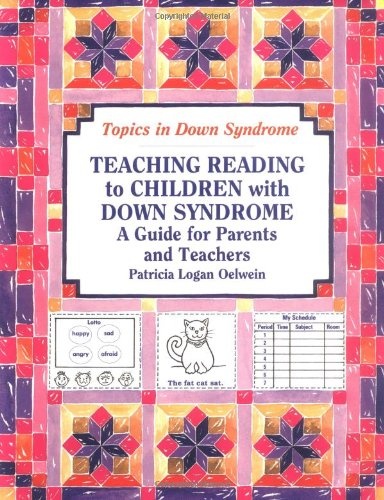 Here - "m": soap, and here - "m": meat.
Here - "m": soap, and here - "m": meat.
But in general, a child who is read a lot - and not only prose, but also poetry - can discover it himself.
You can also read about this book in the articles “Why do we need funny pictures?” and "Speak Russian". nine0130
Georgy Yudin
Primer. The Magic Alphabet in Pictures and Fairy Tales”
Illustrations by the author
Children’s Literature Publishing House, 2018
Primer is a multifunctional book. It introduces letters, offers the child exercises for drawing letters and provides an opportunity to read simple words. In addition, it still has material for cognitive reading (when an adult reads to a child).
The book is arranged very reasonably and conveniently: on one side of the spread there is a picture with an image-letter, on the other side there is a fairy tale. Between the spreads devoted to letters there are cognitive texts conditionally associated with the sound of the letter.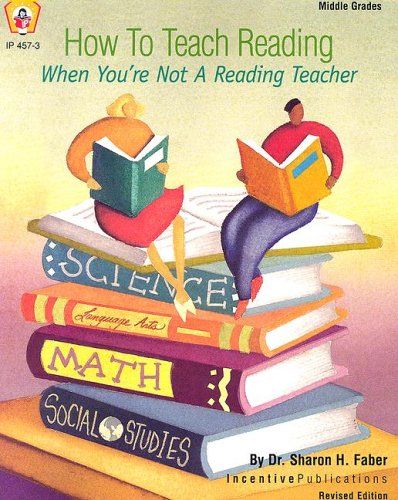 For example, a fairy tale about the letter M is followed by a text about music, after a fairy tale about the letter A, a text about cars, and so on. Those. The book is also very rhythmic. nine0003
For example, a fairy tale about the letter M is followed by a text about music, after a fairy tale about the letter A, a text about cars, and so on. Those. The book is also very rhythmic. nine0003
The pedagogical advantages of the book include a clear separation of pictures and texts: the pictures do not overlap the text, and the text is not painted over or smeared inside the pictures. The pictures are interesting and add details to the plot of the tale. At the same time, the search for the letter hidden in the pictures is a kind of riddle and an exercise in attention.
You can also read about this book in the article "Turkish panties, or how to draw a hieroglyph".
Grigory Oster
“ABC of G. Oster”
Artist Igor Pankov
Malysh Publishing House, 2020
Grigory Oster wrote a funny textbook on teaching literacy. The role of the teacher here is performed by the parent, so the methodological level of the book is built for parental opportunities.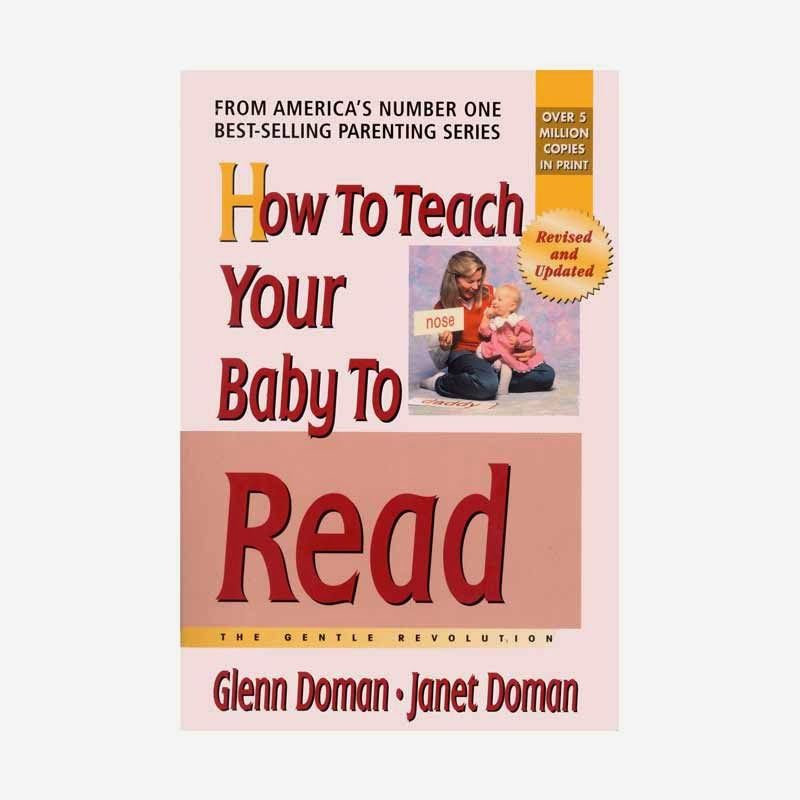 But there are no serious deviations from the "official school course" - such that later the child will have to "retrain" - is not in it. And the book makes an important emphasis on the fact that the letter stands for sound. nine0003
But there are no serious deviations from the "official school course" - such that later the child will have to "retrain" - is not in it. And the book makes an important emphasis on the fact that the letter stands for sound. nine0003
The book has a clear “lesson” structure: first, the adult reads the text, and the child looks at the funny pictures. You can then search the page for the letters they are talking about, and even simulate the process of reading. Paired reading - "parent - child" - is one of the methodological techniques of the book.
As the letter baggage accumulates, short words and syllables appear on the pages. Moreover, it is important that these words and syllables are repeated many times. They, too, can be "read-recognized" by a child. Actually, nothing more is required for the initial stage. nine0003
These books are not on sale now, look for them in libraries:
David Plaksin
“Such different letters”
Illustrations of the author
Publishing house “Children's Time”, 2013
for each for each one the letters of the artist David Plaksin have their own character: F - lantern, I - apple, N - New Year's, P - pirate.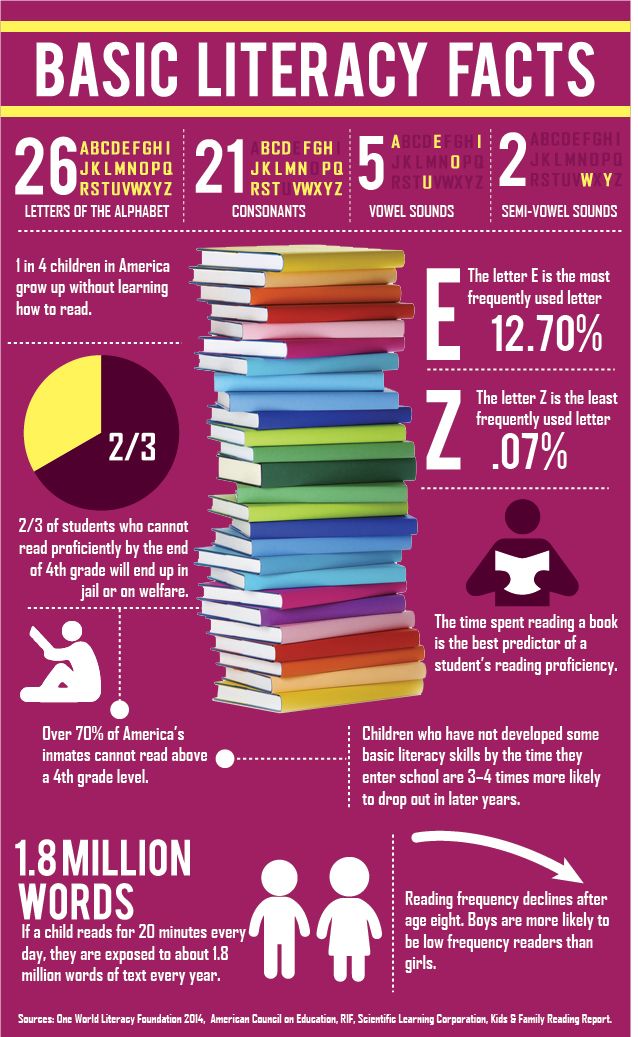 Unlike many alphabets, in which letters are studied by the example of nouns, here is the real realm of adjectives. Such a non-standard approach allows the author to somehow "embed" the image of objects into the letter itself: K is made up of bricks, A - from watermelons, and L - from shreds. Mikhail Yasnov tells how to work with this alphabet in the preface: it turns out that each letter can become the heroine of a separate fairy tale composed by the child himself! nine0003
Unlike many alphabets, in which letters are studied by the example of nouns, here is the real realm of adjectives. Such a non-standard approach allows the author to somehow "embed" the image of objects into the letter itself: K is made up of bricks, A - from watermelons, and L - from shreds. Mikhail Yasnov tells how to work with this alphabet in the preface: it turns out that each letter can become the heroine of a separate fairy tale composed by the child himself! nine0003
You can also read about this book in the article “Speak Russian”.
Andrey Biljo, Masha Golovaninskaya, Anya Levychkina, Ira Tarkhanova "ABC" - a collective fruit of love for his art of an artist for its work of the art. designer, philologist and teacher. Therefore, this book is distinguished from other alphabets and primers by the conciseness and style of the art object, expressive pictures and no less expressive letters.
"ABCVA"
Vagrius Publishing House, 2001 



